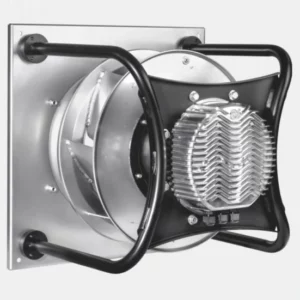Importing products from China involves several steps. Here is a general guide to help you get started:
Identify the product: Determine the specific product you want to import from China. Research the market demand, competition, and any legal requirements or restrictions related to importing that particular product.
Supplier sourcing: Find reliable suppliers in China. You can use online platforms such as Alibaba, Global Sources, or Made-in-China to search for suppliers. Verify the credibility of the suppliers by checking their ratings, reviews, and certifications.
Contact potential suppliers: Reach out to multiple suppliers to gather information about their products, pricing, minimum order quantities (MOQs), and terms of trade (payment methods, delivery terms, etc.). Communicate your requirements clearly and ask for samples if necessary.
Evaluate suppliers: Compare the offers, quality of samples, pricing, production capacity, and reliability of the suppliers. You may also consider visiting trade shows or hiring a sourcing agent in China to assist you in supplier evaluation.
Request for a sample order: Place a small order to test the product quality and supplier’s reliability. Evaluate the sample thoroughly, and if it meets your expectations, move forward with the supplier. If not, repeat the process with another supplier.
Negotiate terms and place an order: Once you have selected a supplier, negotiate the price, payment terms, delivery schedule, packaging, and any other relevant terms. Get a detailed sales contract or purchase agreement in writing, specifying all the agreed-upon terms.
Arrange shipping and logistics: Decide on the shipping method (sea, air, or land) and find a freight forwarder or shipping agent to handle the transportation logistics. Ensure compliance with customs regulations, import duties, and any required certifications or documentation.
Customs clearance and import duties: Familiarize yourself with the import regulations, tariffs, and customs procedures of your country. Work with a customs broker or agent who can help you navigate through the necessary paperwork, customs clearance, and payment of import duties.
Quality control and inspections: Consider conducting inspections or quality control checks during production, before shipment, or upon arrival. This step helps ensure the product meets your standards and specifications.
Payment: Make payments to the supplier as per the agreed terms. Consider using secure payment methods such as bank transfers or escrow services to minimize risks.
Track and receive the shipment: Keep track of the shipment using the provided tracking number or documentation. Coordinate with your logistics provider to ensure a smooth delivery process.
After-sales support: Establish clear communication with the supplier regarding any issues, warranty claims, or future orders. Maintain a good relationship with the supplier for potential future business.
It’s crucial to conduct thorough research, due diligence, and take necessary precautions when importing products from China. Consulting with legal, trade, or customs professionals is recommended to ensure compliance with regulations and minimize potential risks.



